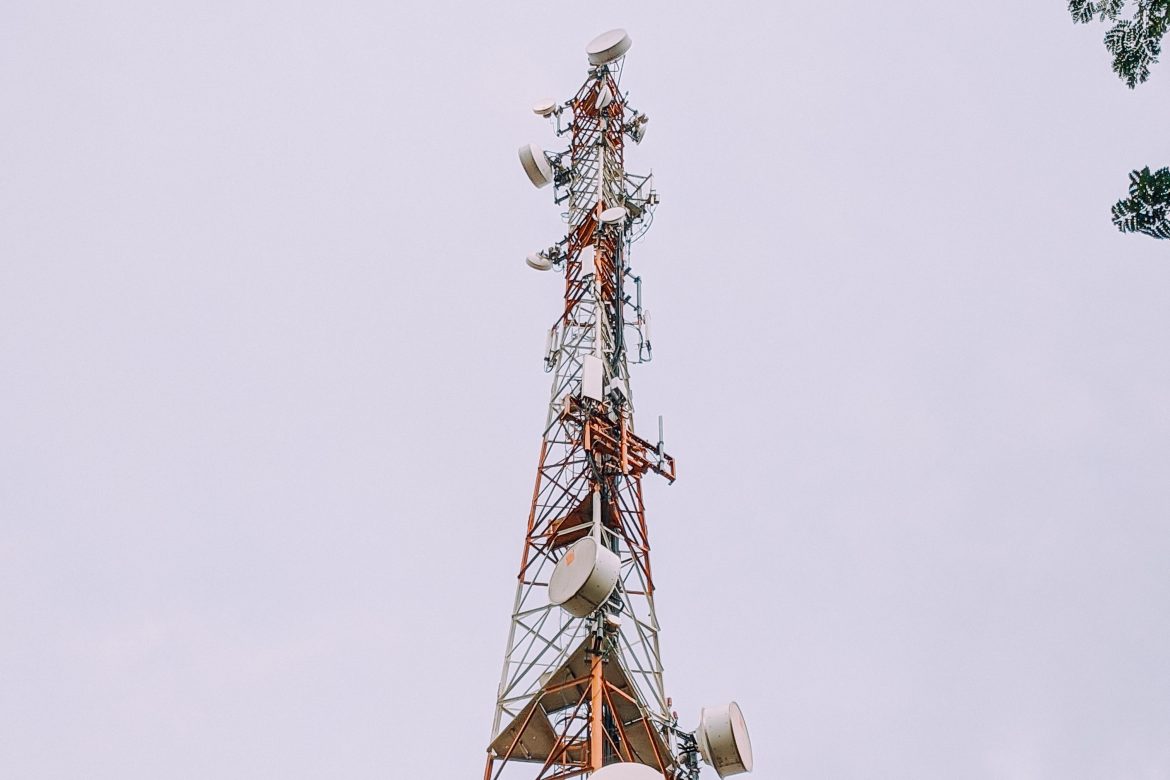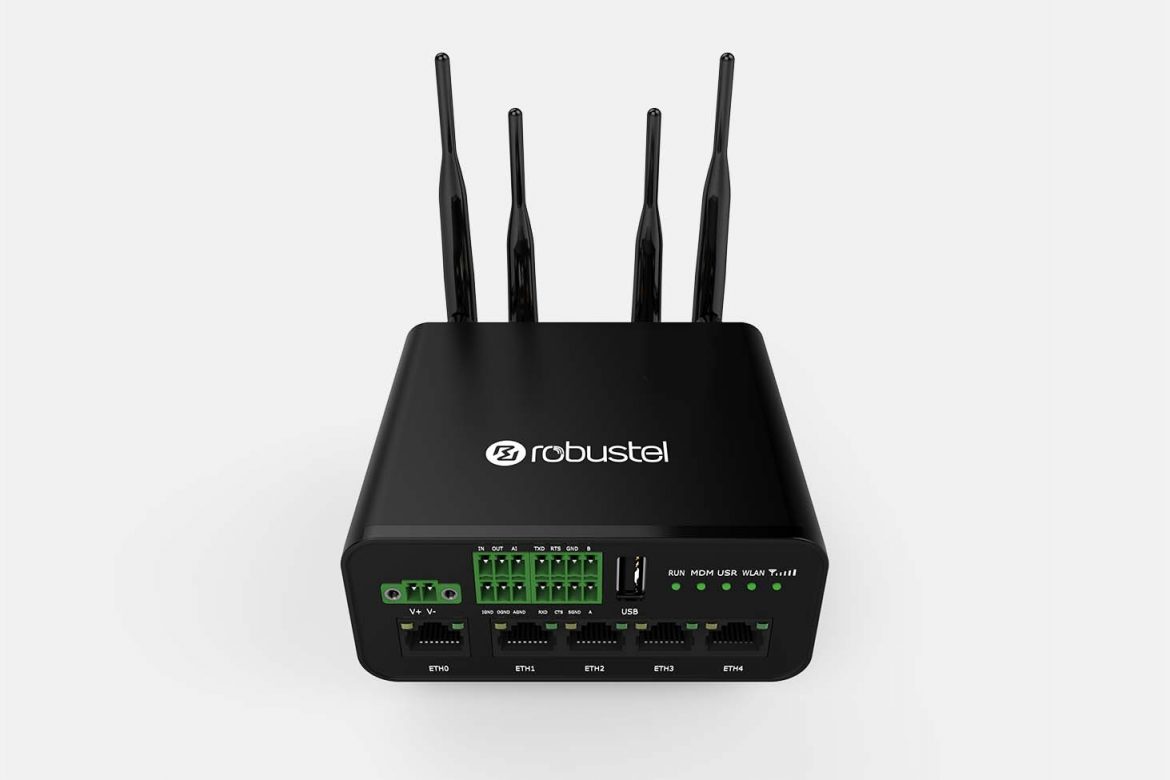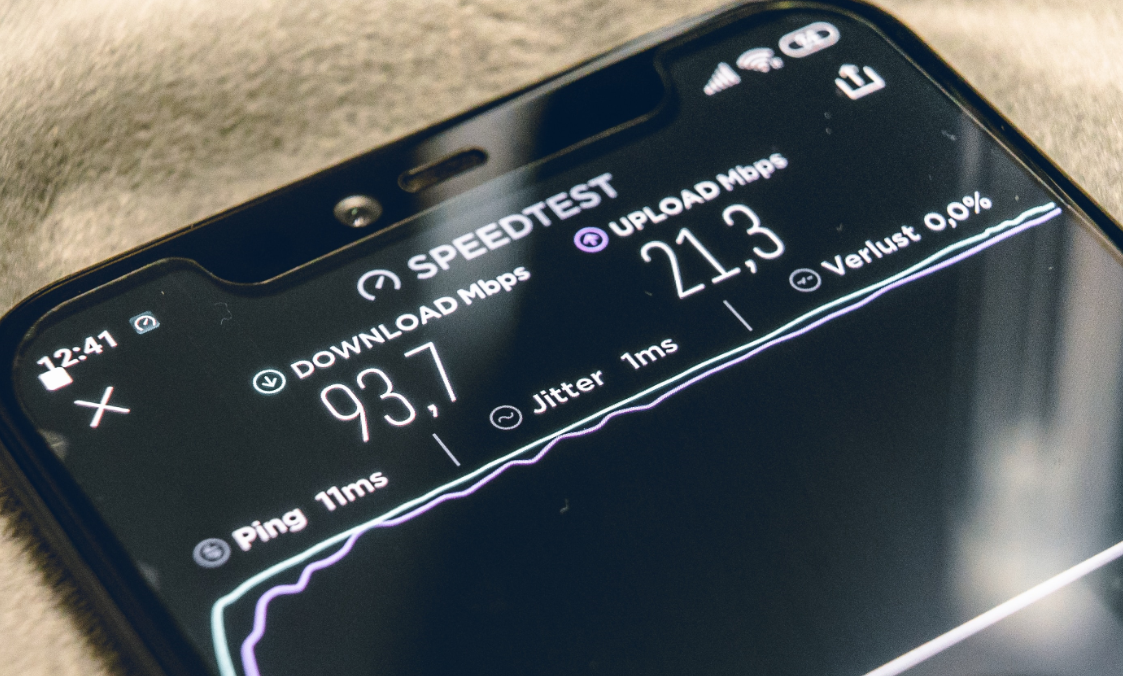4G and 5G mobile broadband technology could be just the answer to the issues that arise from more traditional railway networks. 4G/5G can offer a more reliable connected railway system, allowing strong communication between different devices and employees. Thus, improving the user experience for both potentially frustrated colleagues trying to stay in control of routine maintenance and discouraged commuters put off from making their journey as a passenger.
A 4G/5G connected railway network can connect trains with other devices and equipment as well as providing links to tracks, stations and operations providing a unified network with clear communications.
What are the benefits of 4G/5G connected railways?
As you can imagine, there are many benefits of using 4G/5G to connect railway networks.
Maintenance
For technicians, engineering managers and other train maintenance staff, a connected system within the units themselves can help shed light on any future or potential problems with that particular unit and ensure timely maintenance before a breakdown occurs.
A railway network connected with 4G/5G may even find that their operational costs lessen through improved communication and streamlined processes.
Revenue Opportunities
Having reliable connectivity on trains opens up new revenue streams. Many passengers rely on a strong connection whilst travelling to continue with work, especially in this digital age of hybrid working.
The more reliable the internet on your rail network, the better the user experience will be for passengers, which will in turn increase the likelihood of repeat travellers.
Commuters may have a choice in how they get to where they’re going – Whether that’s rail, bus, driving, cycling or walking. If sitting on the train, connected to a reliable network, means that they can tie up any loose ends from their day before getting home then that could be just the reason they choose rail.
Why do we need 4G/5G connected stations in our railway networks?
A fast, reliable 4G/5G network at our railway stations offer more efficient service and enhanced security.
Efficient Service
Digital kiosks can help to reduce queues and offer passengers a quick way of buying their tickets when they are in a rush and don’t need any additional assistance. High speed 4G/5G networks ensure that these digital kiosks can get relevant updates in real-time, checking arrivals and departures status.
Enhanced Security
4G/5G video surveillance means rail networks can monitor and track any suspicious behaviour anywhere on the train station or depot premises – Even without wires or Wi-Fi / ethernet connections.
The 4G/5G network can transmit the data anywhere it is needed, providing timely monitoring and interventions where necessary.
This type of data is invaluable for railway managers who can analyse what is collected from different locations and use these insights to improve operational efficiency, safety and the passenger experience.
4G/5G Connected Trains
Passenger Experience
Not only do 4G/5G connected trains improve the passenger experience, they also open the door for more revenue opportunities. Selling data plans to your passengers and offering them access to reliable 5G Wi-Fi hotspots on trains means commuters can connect their mobile devices and laptops to a strong, reliable internet connection for the duration of their journey.
Operations
The more reliably connected the train is, the more efficient the operations.
Operations managers can effectively monitor the status of trains in operation by relying on accurate, real-time GPS tracking. Likewise, train operators can communicate with operations if any issues arise. Various colleagues on the railway system connected to the same reliable 4G/5G network improves communications.
Particular parts of the train can be fitted with sensors that are connected to the network. This means that the technology itself can communicate with the maintenance teams and notify when that part needs to be repaired or replaced. This helps to reduce the costs associated with delayed or cancelled trains due to unscheduled maintenance and improve service.
Using smart cameras connected to the 4G/5G network means that train security can rely on high-speed wireless communication, particularly in locations tricky to monitor or wire to. They automatically record footage as well as identify potential suspicious activity and provide alerts to members of staff.
Why Use 4G/5G for Connected Railway Networks?
4G/5G networks offer an ideal model for railway networks as they offer super-fast speed, low latency and reliability.
It’s important to ensure that the 4G/5G connection available will be stable and of good quality. This is where 4G/5G testing comes in.
Here at Geekabit we can provide 4G/5G mobile signal testing to check coverage and performance both in static locations and on the move. We can also determine which Mobile Network Operator would offer the best coverage for your user location(s).
Geekabit can carry out a 5G survey along London roads, parts of the capital’s transport network and throughout leisure facilities in London and the surrounding areas. Other locations may be available on request, please feel free to contact us on [email protected].
In today’s world, we don’t just stay in one place – Even while we’re working. We take our need for connection wherever we go – And it needs to be strong and reliable. Gone are the days where we are tethered to a desk – We need the 5G mobile coverage to be available on the go. Whether we are using a smartphone, tablet or other internet enabled device, we need to stay connected – And we need to know that the signal will be strong and reliable.
Geekabit’s 5G survey can tell you how strong the cellular coverage is in certain areas of London, and which networks would work best for those locations. This information is invaluable.






